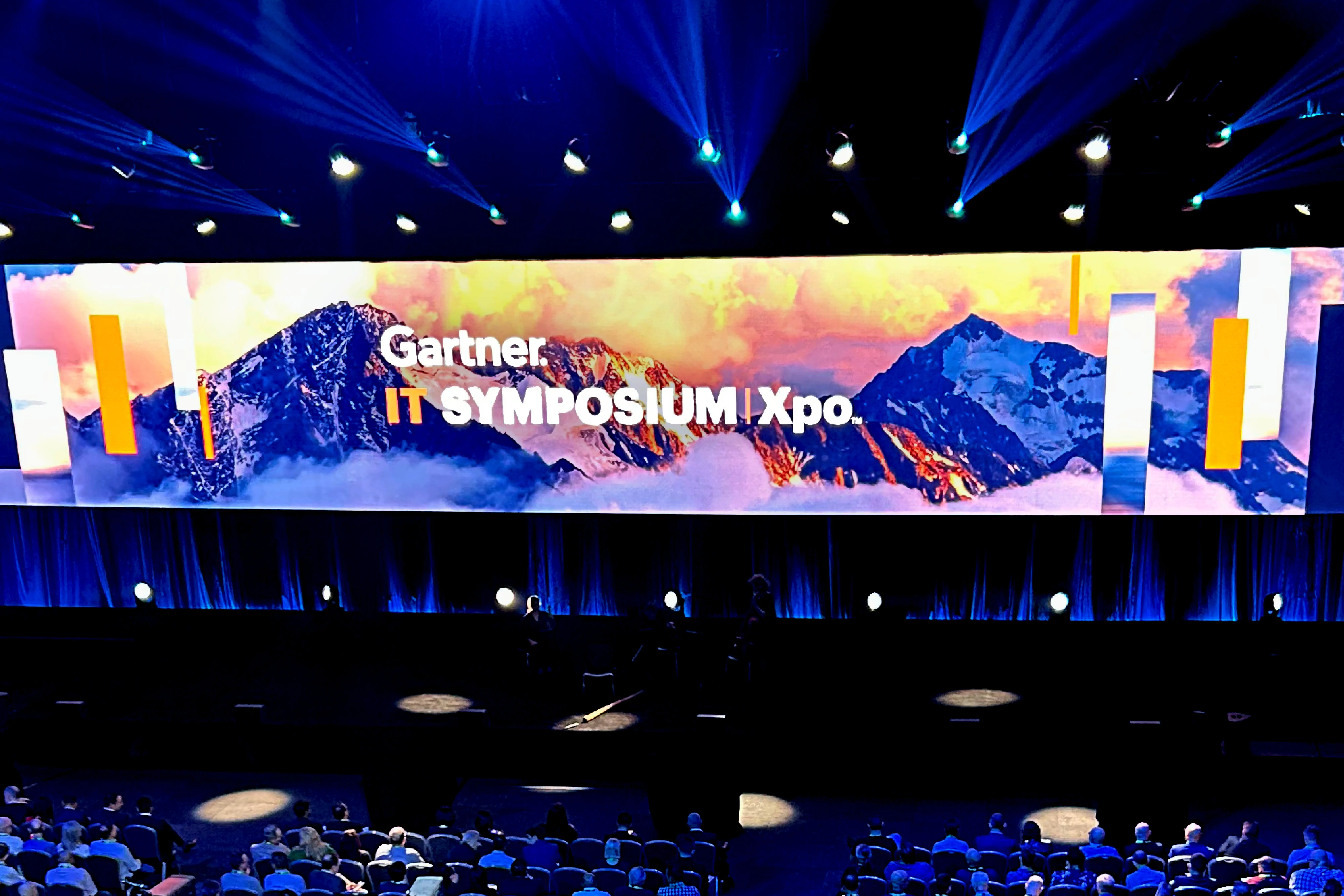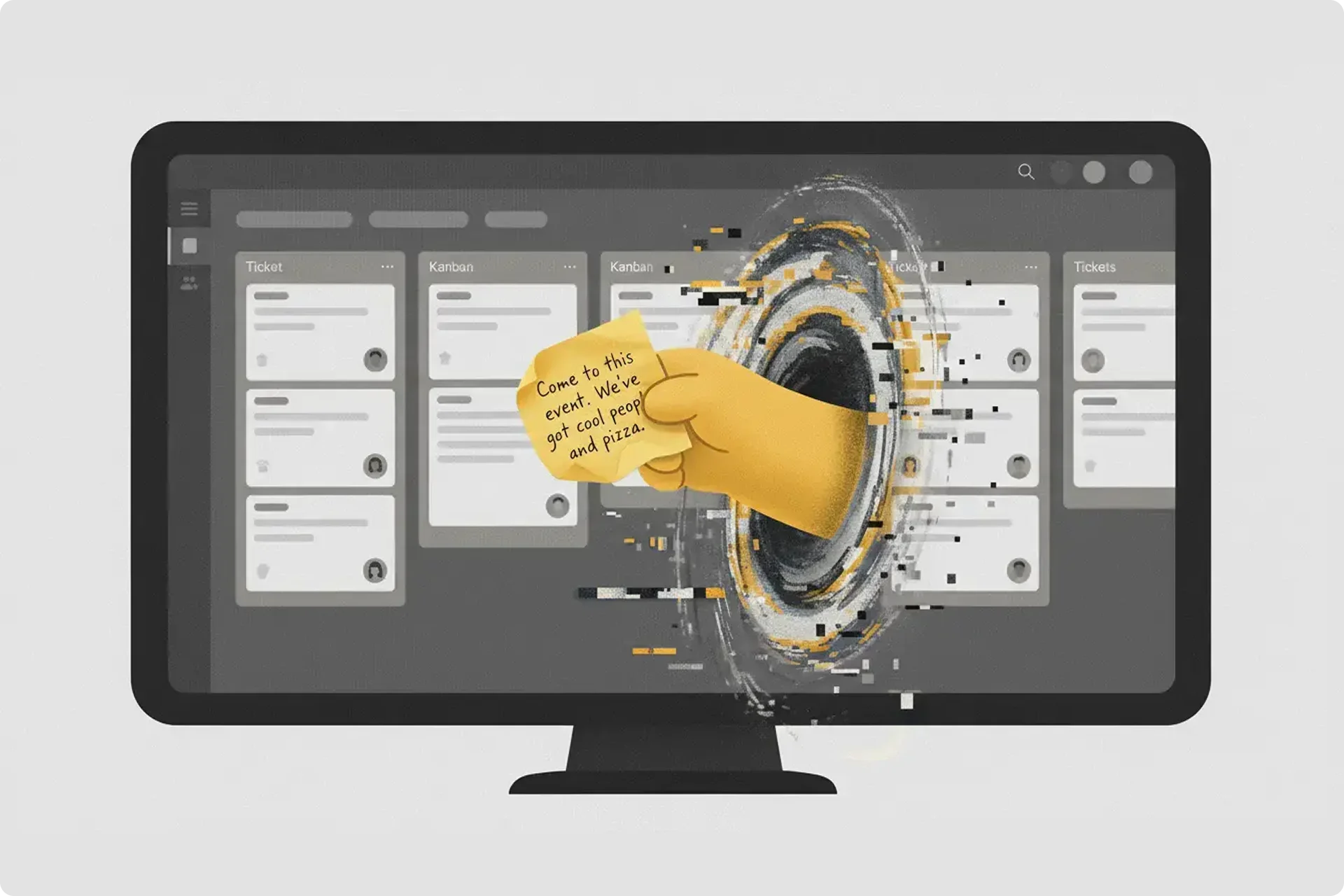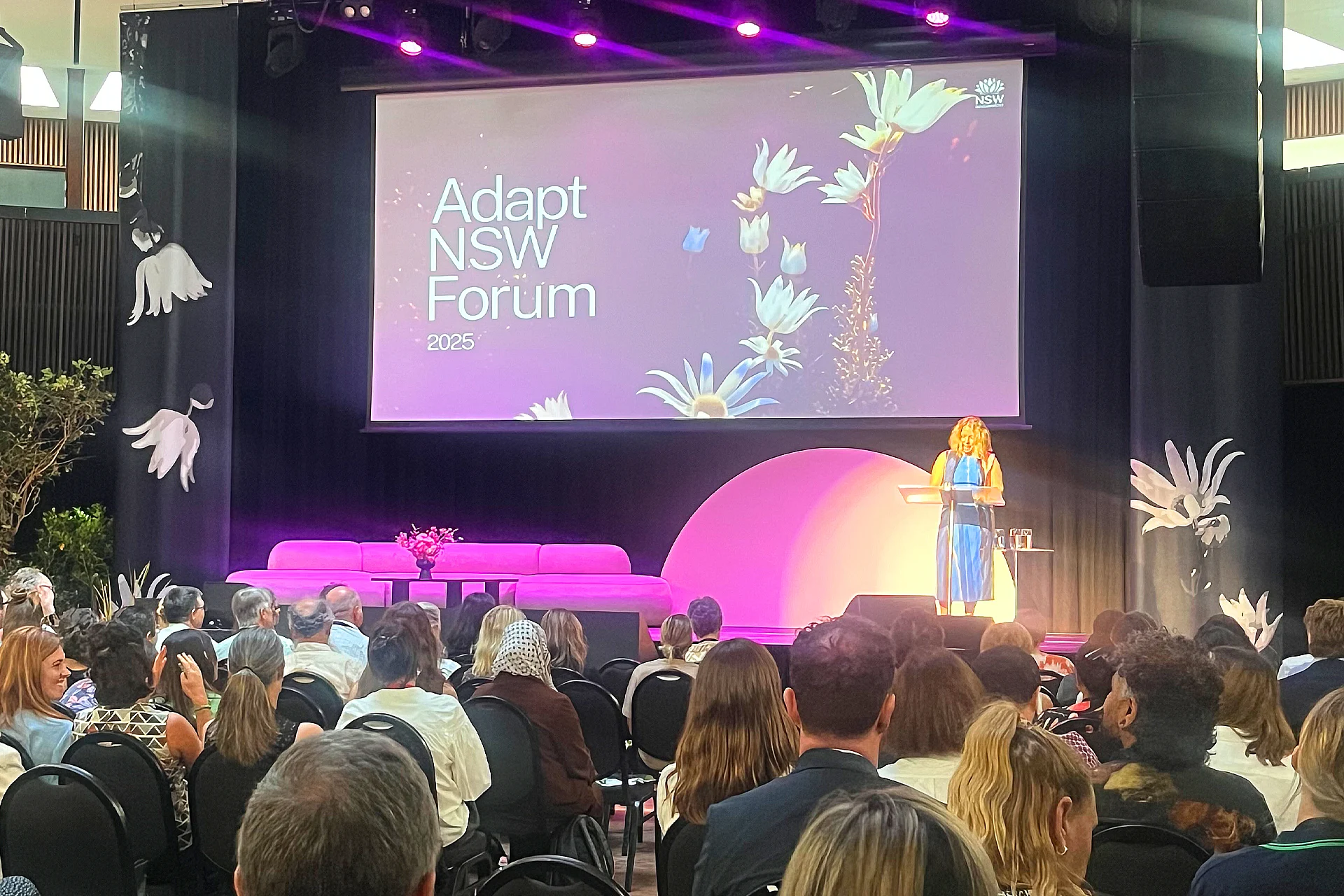A resounding message emerged at the Gartner IT Symposium: technology, particularly AI, demands a profound shift towards ethical, empathetic, and human-centric considerations.
I was the customer experience and transformation consultant sitting amongst a sea of Australia’s most influential and talented IT and technology leaders. The crowd, eager to learn and discuss about building their technology capabilities investigated the shifting operating rhythms of consumers and workplaces. Here are my key insights around the path forwards for the human-machine relationship.

From tool to team mate
The conference opened by diving into the evolving human-machine relationship, setting the tone for the use of generative AI to start with the human need, not the technology. The adoption of this technology requires a new set of decisions for CIOs and CTOs that aren’t about technology. They’re about the people that’ll use it and its impact on their lives and world. The conference collectively asked questions about machines as customers, how machine avatars will be treated by humans and what if your most human-centric leader is a machine? We won’t be employing tools to complete tasks, people and machine will augment each other and collaborate. The interfaces and UX patterns we currently use won’t support such a dynamic relationship.
Empathetic machines
Machines will play a greater role in empathy in services. This won’t be a domain left only for humans. Data already has a place at the centre of customer experience to personalise an experience, but consider how that naturally extends to become more about empathetic relationships. For example, Doctors are too busy to spend much time with their patients and they certainly aren’t in the home where pains are first felt. AI bots are already in our homes (Hey Alexa…) and they certainly have nothing better to do than listen to us and ask questions. According to Gartner research 25% of people already prefer AI for mental health counselling. Doctors will continue to diagnose, guide and make decisions, but that relationship will be complemented by machine empathy. In general people aren’t ready for machines making the big decisions yet, but they will co-pilot the journey to get there.
Operating services that learn
If Machine Learning and AI underpin services, organisations will need to evolve how they operate. These technologies mean that you can’t launch ‘perfect’ digital products that meet the acceptance criteria of traditional engineering-based processes. Customer research will shift from one-off investigations to exploration of behaviours as they change over time. We’ll have to adapt for continuous vigilance. Instead of defining precise customer experience features or acceptance criteria we’ll need to define parameters and rules associated with a reaction – the boundaries of an experience, and provide the oversight, transparency and accountability to keep refining and improving. Institutionalising experimentation will become essential.
Strong ethics and social foundations
Everyone is wrestling with the governance of AI. There’s not enough of it and the risks of misuse, unanticipated impacts or providing incorrect information are very real. Gartner predicts that in 2024 regulation and governance will begin to take hold more firmly at all levels. Governing bodies will put initial regulations in place and organisations should be implementing their own guiding principles around responsible use to guide their use and investment in the technology. Security will be the natural partner to governance, it will likely become so prevalent in our lives that organisations are likely to offer personal security support for employees in the future as part of their employee package.
Start safely
The relationship that’s developing with machines has the potential to benefit everyday productivity as well as competitive advantages in market. Adoption will be rapid, no one wants to be left behind. Innovations today will quickly become the norm. According to Gartner an organisation’s internal use of AI to uplift productivity is one of the most common ways to begin and seen as a safe starting point. Adopting a human-centred approach to identify which tasks would benefit from the technology, where benefits are worth the investment and risk can be mitigated should be the platform to work from. We’ll all see a few waves of progress. Wave one is focused on improving existing tasks, features and workflows to gain productivity in services. Wave two (2023-2025) will look to extend capabilities, combine and customise AI functions into chains and wave 3 (2026+) will begin to transform into completely new ways of working and delivering outcomes.
I discovered that I had the same underlying question as most attending – where do I start? I concluded that it is critical for new technology investments to be guided by the social benefits and watchouts first. Getting that right will create the winners in business and the broader community.
Crafting a new kind of relationship with technology is an exciting opportunity and investigating how to design with parameters and boundaries instead of exact outputs will be the next thing I do. Thank you Gartner for putting on such an inspiring event.





